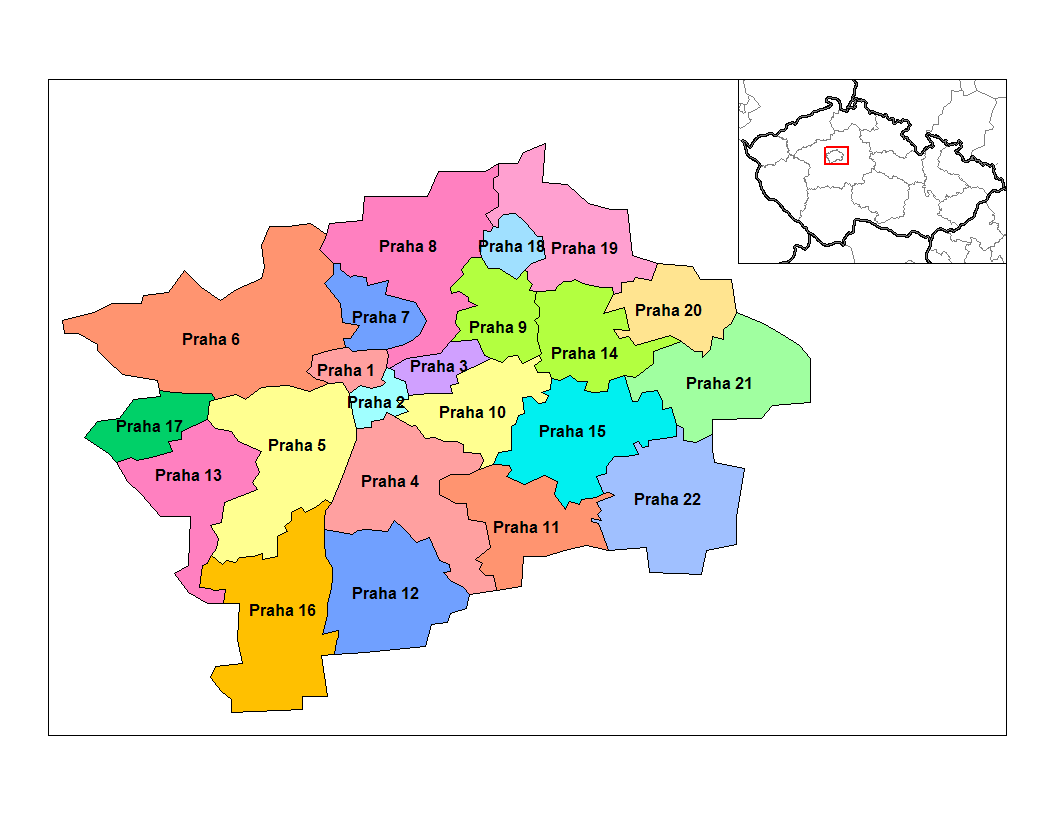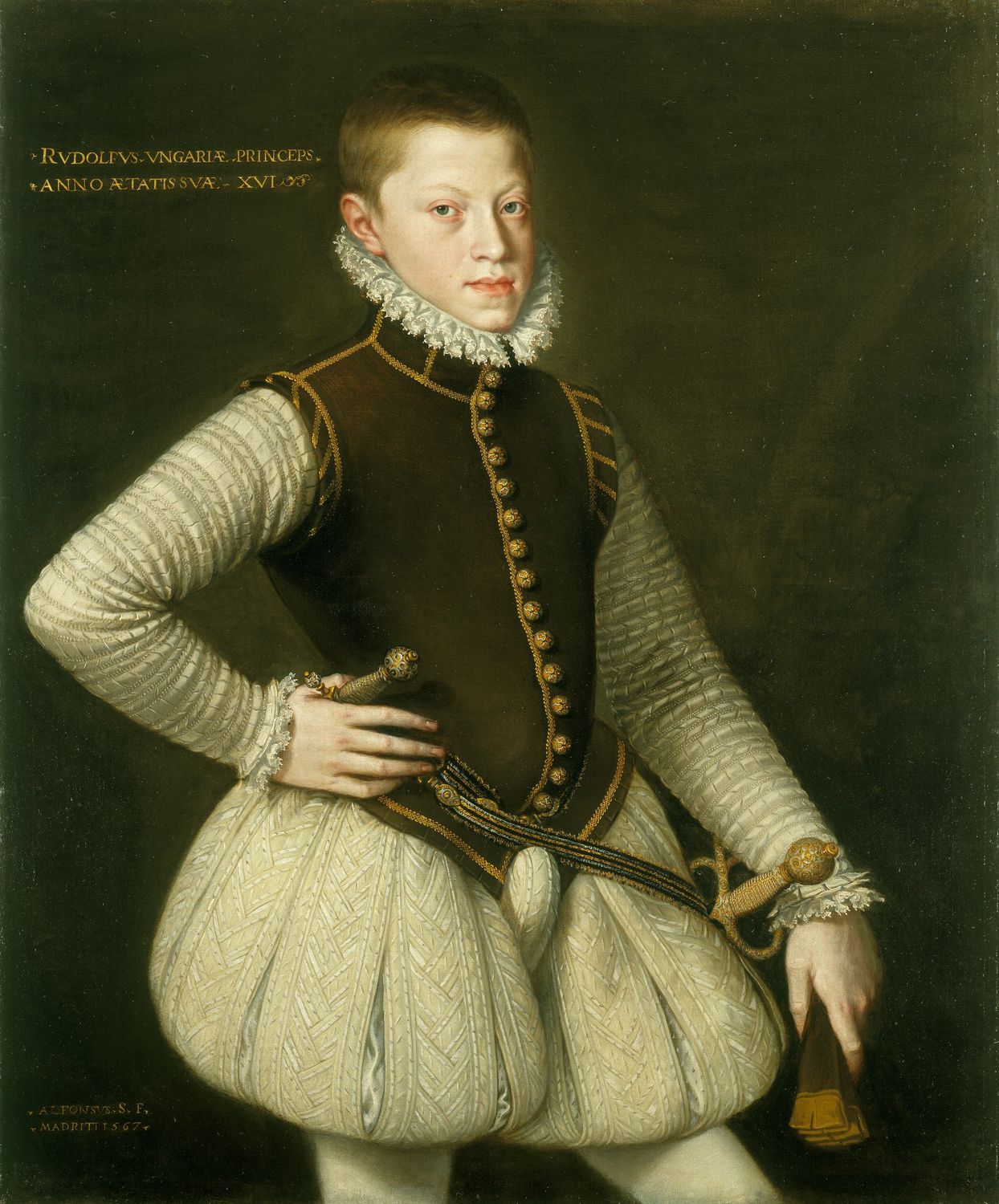|
Pelhřimov
Pelhřimov () is a town in the Vysočina Region of the Czech Republic. It has about 16,000 inhabitants. The historic town centre is well preserved and is protected as an Cultural monument (Czech Republic)#Monument reservations, urban monument reservation. Administrative division Pelhřimov consists of 27 municipal parts (in brackets population according to the 2021 census): *Pelhřimov (13,695) *Benátky (25) *Bitětice (29) *Čakovice (49) *Chvojnov (69) *Hodějovice (62) *Houserovka (52) *Janovice (69) *Jelcovy Lhotky (16) *Kocourovy Lhotky (6) *Lešov (71) *Lipice (56) *Myslotín (143) *Nemojov (59) *Ostrovec (11) *Pejškov (37) *Pobistrýce (17) *Radětín (51) *Radňov (71) *Rybníček (26) *Skrýšov (181) *Služátky (74) *Starý Pelhřimov (328) *Strměchy (170) *Útěchovičky (60) *Vlásenice (104) *Vlásenice-Drbohlavy (46) Benátky, Houserovka, Janovice and Ostrovec, Lešov, Nemojov and Radňov, and Vlásenice-Drbohlavy form three Enclave and exclave, exclaves of the ... [...More Info...] [...Related Items...] OR: [Wikipedia] [Google] [Baidu] |
Pelhřimov District
Pelhřimov District () is a district in the Vysočina Region of the Czech Republic. Its capital is the town of Pelhřimov. Administrative division Pelhřimov District is divided into three administrative districts of municipalities with extended competence: Pelhřimov, Humpolec and Pacov. List of municipalities Towns are marked in bold and market towns in ''italics'': Arneštovice - Bácovice - Bělá - Bohdalín - Bořetice - Bořetín - '' Božejov'' - Bratřice - Budíkov - Buřenice - Bystrá - Čáslavsko - Častrov - Čejov - Čelistná - Černov - Černovice - Červená Řečice - Cetoraz - Chýstovice - Chyšná - Čížkov - Dehtáře - Dobrá Voda - Dobrá Voda u Pacova - Dubovice - Důl - Eš - Hojanovice - Hojovice - Horní Cerekev - Horní Rápotice - Horní Ves - Hořepník - Hořice - Humpolec - Jankov - Ježov - Jiřice - Kaliště - Kámen - Kamenice nad Lipou - Kejžlice - Koberovice - Kojčice - Komorovice - Košeti ... [...More Info...] [...Related Items...] OR: [Wikipedia] [Google] [Baidu] |
Vysočina Region
The Vysočina Region (; ) is an administrative unit () of the Czech Republic. Its capital is Jihlava. The region is located in the central part of the country. It is one of just three in the country (the others being Prague and the Central Bohemian Region) which does not have a border with a foreign country. The Vysočina Region is home to three UNESCO World Heritage Sites, the most in any region in the Czech Republic. Administrative divisions The Vysočina Region is divided into 5 districts: On a lower level, the region has 704 municipalities, second-most in the country behind the Central Bohemian Region. Geography The region is located in the central part of the Czech Republic, partly in the southeast of the historical region of Bohemia and partly in the southwest of the historical region of Moravia. The entire Vysočina Region is located in the nature region of Bohemian-Moravian Highlands, from whose colloquial name ''vysočina'' (meaning "the highlands") the region got ... [...More Info...] [...Related Items...] OR: [Wikipedia] [Google] [Baidu] |
Křemešník Highlands
The Křemešník Highlands () are highlands and a geomorphological mesoregion of the Czech Republic. It is located mainly in the Vysočina Region, but it also extends into the South Bohemian and Central Bohemian regions. With an area of , it is the third largest mesoregion in the country. Geomorphology The Křemešník Highlands is a mesoregion of the Bohemian-Moravian Highlands within the Bohemian Massif. Mild and rather elongated ridges predominate. The relief is monotonous, disturbed only by deep valleys of watercourses. The highlands are further subdivided into the microregions of Jindřichův Hradec Uplands, Pacov Uplands, Želiv Uplands and Humpolec Highlands. There are a lot of medium-high hills. The highest peaks of the Křemešník Highlands are: * Křemešník, *Čeřínek, *Lísek, *Mešnice, *Špeták, *Stražiště, *Březina, *Spálený vrch, *Svidník, *Batkovy, Geography The Křemešník Highlands has a relatively regular shape of the territory, s ... [...More Info...] [...Related Items...] OR: [Wikipedia] [Google] [Baidu] |
Křemešník
Křemešník is a mountain in the municipality of Nový Rychnov in the Vysočina Region of the Czech Republic. The mountain lies near the town of Pelhřimov and is part of Bohemian-Moravian Highlands. With an elevation of above sea level, it is the highest mountain of the Křemešník Highlands. History The mountain was a traditional gathering place for pilgrims. In 1710–1720, a Baroque-style church was built on the top of the mountain (extending an older, Gothic church building from 1555). Stations of the Cross The Stations of the Cross or the Way of the Cross, also known as the Via Dolorosa, Way of Sorrows or the , are a series of fourteen images depicting Jesus in Christianity, Jesus Christ on the day of Crucifixion of Jesus, his crucifixion and acc ... has been built as well. During the 15th century, a silver mine existed there. Next to the spring with slightly radioactive water lies a small chapel from 1689. According to legend, the spring has miraculous healing abi ... [...More Info...] [...Related Items...] OR: [Wikipedia] [Google] [Baidu] |
Districts Of The Czech Republic
Districts of the Czech Republic are territorial units, formerly used as second-level administrative divisions of the Czech Republic. After their primary administrative function has been abolished in 2003, they still exist for the activities of specific authorities and as statistical units. Their administrative function was moved to selected municipalities. Establishment In 1960, Czechoslovakia was re-divided into districts (''okres'', Grammatical number, plural ''okresy''), often without regard to traditional division and local relationships. In the area of the Czech Republic, there were 75 districts; the 76th Jeseník District was split from Šumperk District in 1996. Three consisted only of the Statutory city (Czech Republic), statutory cities of Brno, Ostrava and Plzeň, which gained the status of districts only in 1971; Ostrava and Plzeň districts were later expanded. The capital city of Prague has a special status, being considered a municipality and region at the same time ... [...More Info...] [...Related Items...] OR: [Wikipedia] [Google] [Baidu] |
Hussite Wars
The Hussite Wars, also called the Bohemian Wars or the Hussite Revolution, were a series of civil wars fought between the Hussites and the combined Catholic forces of Sigismund, Holy Roman Emperor, Holy Roman Emperor Sigismund, the Papacy, and European monarchs loyal to the Catholic Church, as well as various Hussite factions. At a late stage of the conflict, the Utraquists changed sides in 1432 to fight alongside Roman Catholics and opposed the Taborites and other Hussite factions. These wars lasted from 1419 to approximately 1434. The unrest began after pre-Protestant Christian reformer Jan Hus was executed by the Catholic Church in 1415 for heresy. Because Sigismund had plans to be crowned the Holy Roman Emperor (requiring papal coronation), he suppressed the religion of the Hussites, yet it continued to spread. When King Wenceslaus IV of Bohemia, brother of Sigismund, died of natural causes a few years later, the tension stemming from the Hussites grew stronger. In Prague ... [...More Info...] [...Related Items...] OR: [Wikipedia] [Google] [Baidu] |
Cultural Monument (Czech Republic)
The cultural monuments of the Czech Republic ( Czech: ''kulturní památka'') are protected properties (both real and movable properties) designated by the Ministry of Culture of the Czech Republic. Cultural monuments that constitute the most important part of the Czech cultural heritage may be declared national cultural monuments ( Czech: ''národní kulturní památka'') by a regulation of the Government of the Czech Republic. The government may also proclaim a territory, whose character and environment are determined by a group of immovable cultural monuments or archaeological finds, as a whole, as a monument reservation. The Ministry of Culture may proclaim a territory of a settlement with a smaller number of cultural monuments, a historical environment or part of a landscape area that displays significant cultural values as a monument zone. As of 2019, there are 14 Czech cultural monuments on the World Heritage List. Proclaiming Objects as Cultural Monuments The criter ... [...More Info...] [...Related Items...] OR: [Wikipedia] [Google] [Baidu] |
Bohemian Revolt
The Bohemian Revolt (; ; 1618–1620) was an uprising of the Kingdom of Bohemia, Bohemian Estates of the realm, estates against the rule of the Habsburg dynasty that began the Thirty Years' War. It was caused by both religious and power disputes. The estates were almost entirely Protestant, mostly Utraquism, Utraquist Hussite but there was also German Bohemians, a substantial German population that endorsed Lutheranism. The dispute culminated after several battles in the final Battle of White Mountain, where the estates suffered a decisive defeat. This started Counter-Reformation, re-Catholisation of the Czech lands, but also expanded the scope of the Thirty Years' War by drawing Denmark-Norway, Denmark and History of Sweden (1611–1648), Sweden into it. The conflict spread to the rest of Europe and devastated vast areas of Central Europe, including the Czech lands, which were particularly stricken by its violent atrocities. Rebellion Without heirs, Emperor Matthias, Holy R ... [...More Info...] [...Related Items...] OR: [Wikipedia] [Google] [Baidu] |
Rudolf II, Holy Roman Emperor
Rudolf II (18 July 1552 – 20 January 1612) was Holy Roman Emperor (1576–1612), King of Hungary and Kingdom of Croatia (Habsburg), Croatia (as Rudolf I, 1572–1608), King of Bohemia (1575–1608/1611) and Archduke of Austria (1576–1608). He was a member of the House of Habsburg. Rudolf's legacy has traditionally been viewed in three ways:Hotson, 1999. an ineffectual ruler whose mistakes led directly to the Thirty Years' War; a great and influential patron of Northern Mannerism, Northern Mannerist art; and an intellectual devotee of occult arts and learning which helped seed what would be called the Scientific Revolution. Determined to unify Christendom, he initiated the Long Turkish War (1593–1606) with the Ottoman Empire. Exhausted by war, his citizens in Kingdom of Hungary (1526-1867), Hungary revolted in the Bocskai uprising, Bocskai Uprising, which led to more authority being given to his brother Matthias, Holy Roman Emperor, Matthias. Under his reign, there was ... [...More Info...] [...Related Items...] OR: [Wikipedia] [Google] [Baidu] |
Renaissance Architecture
Renaissance architecture is the European architecture of the period between the early 15th and early 16th centuries in different regions, demonstrating a conscious revival and development of certain elements of Ancient Greece, ancient Greek and Ancient Rome, Roman thought and material culture. Stylistically, Renaissance architecture followed Gothic architecture and was succeeded by Baroque architecture and neoclassical architecture. Developed first in Florence, with Filippo Brunelleschi as one of its innovators, the Renaissance style quickly spread to other Italian cities. The style was carried to other parts of Europe at different dates and with varying degrees of impact. It began in Florence in the early 15th century and reflected a revival of classical Greek and Roman principles such as symmetry, proportion, and geometry. This movement was supported by wealthy patrons, including the Medici family and the Catholic Church, who commissioned works to display both religious devot ... [...More Info...] [...Related Items...] OR: [Wikipedia] [Google] [Baidu] |





